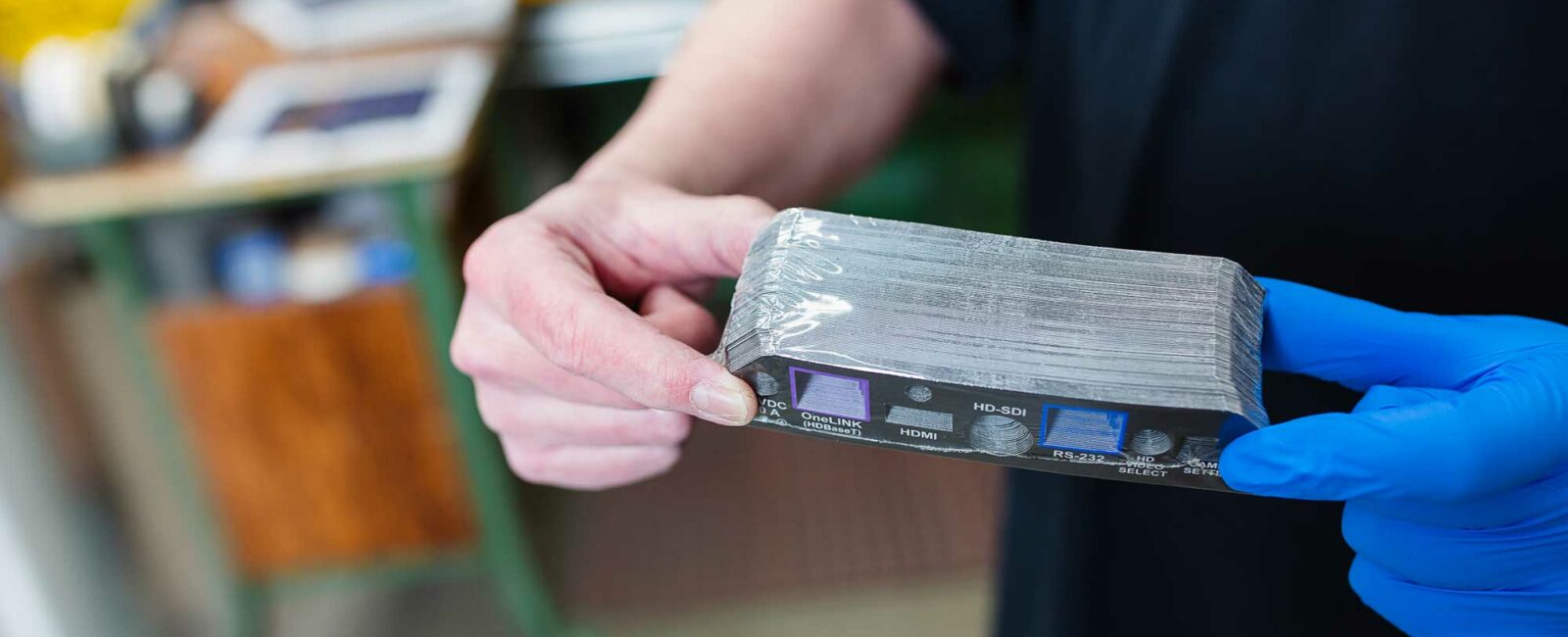When to choose print overlays: And when not to
At times the decision of whether to decorate a product by printing directly on it or by attaching a label or overlay is obvious, and at other times it is less obvious. If you are at that decision point here is some guidance for moving forward and making a decision.
When direct printing wins
In the majority of cases direct printing will provide the greatest durability and the cleanest look when compared to labels and overlays. This assumes, of course, the correct preparation, print, ink and processes are being applied. Most plastics and metals can be printed on directly for dependable permanent graphics. When surfaces are properly prepared, and today’s strong ink adhesion and treatment are applied, printing on most plastics and metals directly will create winning results when compared to overlays.
Potential benefits of direct printing include:
- Copy size—allows for extremely small copy and graphics
- Placement—can be placed on product areas where overlays may not be practical
- Contamination—prevents additional sources of contamination which can be an issue with other methods
- Conditions—can withstand sterilization and other harsh operating conditions
- Precision—products are set up for exact registration of the graphics relative to the part
Overlays—and their best side
Many overlays, or “permanent labels”, are printed on the back side (“second surface “or “sub surface”) of a clear plastic film such as polycarbonate which can withstand most harsh operating conditions and can be cleaned as necessary. These overlays are generally printed with a solid background color (“flood coat”) and may also have text or graphics that are translucent so that they illuminate when applied over a lighting source (think computer or technology user panels). In addition, they can often be applied with a highly durable permanent adhesive on the back which can be customized based on the type and texture of surface to which they are being applied. You may find some projects require that you decorate your part prior to final assembly, or you need to cover previously printed graphics. In both of these cases, permanent labels, or overlays, can be best and they can be designed using materials and adhesives that will ensure long-term durability and adhesion.
Some things overlays can accomplish that direct printing cannot:
- print graphic panels that can withstand harsh operating conditions
- can be used to illuminate design or instructions
- can cover previously printed graphics
Things for product designers and engineers to consider
Explore ways you can enhance the durability of your product’s decoration during the engineering phase of your product’s development. For example, if overlays are required can a slightly recessed area be included for placement of the overlay? These types of features may help you to provide a better surface and image as well as greater overall product durability.
If you are unsure whether direct print, an overlay, or another process is the best solution for your product, reach out to your product decorator. Many times the answer will be clear but it can be helpful to assess when and where the decoration needs to be applied as well as the pros and cons of various options. Your product decorator should have experience with a range of print technologies and processes and be able to help you assess, recommend, and test results for your product.


